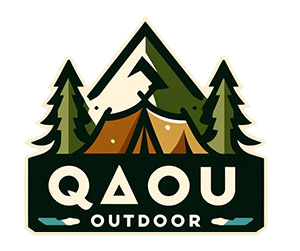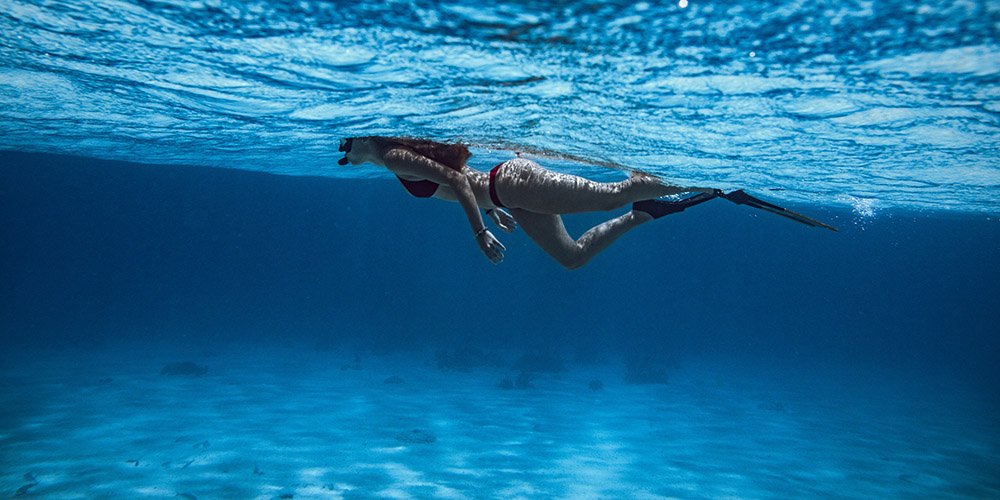Getting Started With Mountaineering: Our 8 Best Tips
Mountaineering combines the thrill of physical challenge, the serenity of nature, and the joy of reaching new heights, both literally and figuratively. Whether you’re dreaming of scaling iconic peaks or exploring rugged wilderness trails, getting started in mountaineering requires thorough preparation. This guide will equip you with the knowledge and confidence to begin your mountaineering journey.
Assess Your Fitness Level
Mountaineering is one of the most physically demanding outdoor activities, requiring endurance, strength, and flexibility. Before embarking on your first climb, it’s essential to evaluate your current fitness level and create a training plan tailored to your goals. Cardiovascular endurance is crucial for handling long ascents and the reduced oxygen levels at higher altitudes. Running, hiking with a loaded backpack, and cycling are excellent ways to improve stamina.
Strength training is equally important. Focus on exercises that build your leg muscles, such as squats and lunges, as these will power you through steep climbs. Core exercises like planks and sit-ups will enhance your balance and stability, while upper-body strength can be developed with push-ups and pull-ups to manage technical sections that require pulling yourself up. Incorporating yoga or stretching routines can improve your flexibility, helping you navigate uneven terrain with ease and reducing the risk of injury.

Master the Essential Skills
Mountaineering involves navigating challenging and varied terrains, which makes acquiring essential skills a necessity. Navigation is a fundamental skill that will ensure your safety and prevent you from getting lost. Learn to read topographic maps, use a compass accurately, and familiarize yourself with GPS devices. Practice these skills in local trails or open spaces to gain confidence.
Weather awareness is another critical skill. Mountains are notorious for sudden and extreme weather changes. Learn to read cloud formations, understand weather forecasts, and recognize signs of impending storms. This knowledge can help you decide when to push forward or turn back, potentially saving lives.
Basic first aid is invaluable in the wilderness. Equip yourself with the knowledge to treat common injuries like blisters, sprains, and altitude sickness. Consider taking a wilderness first aid course to gain practical skills and the confidence to handle emergencies.
Get Familiar With Mountaineering Gear
The right gear can make or break your mountaineering experience. Start with clothing, where layering is key to adapting to varying conditions. A moisture-wicking base layer will keep sweat off your skin, an insulating mid-layer will retain body heat, and a waterproof outer layer will shield you from rain and wind.
Invest in high-quality mountaineering boots that provide ankle support and are compatible with crampons. Pair these with wool or synthetic socks to keep your feet warm and dry. For technical climbs, helmets, harnesses, and ropes are essential for safety. Learn how to use tools like ice axes for self-arrest and crampons for secure footing on ice. Spend time practicing with your equipment in controlled environments before attempting a climb.
Then there’s any cycling and camping equipment you could need during your trip. It’s worth looking into the different types of bikes and other essentials you could need, which you can find more about here: www.emtbw.com.
Develop Movement Techniques
Mastering movement techniques for various terrains is critical for safety and efficiency. Snow travel often requires step-kicking to create stable footholds or plunge-stepping for descending slopes. Practice these techniques on smaller snow-covered hills to build confidence.
Rock climbing basics, such as identifying reliable handholds and footholds, are vital for navigating rocky sections. Proper body positioning and maintaining three points of contact (two hands and one foot or vice versa) will improve your stability. On icy terrain, practice using crampons for traction and ice axes for stability. Techniques like French stepping or front-pointing can be lifesavers on steep ice slopes.

Prioritize Safety and Risk Management
Safety is paramount in mountaineering, as the risks can be significant. Avalanches, crevasses, and rockfalls are common hazards. Learn to identify avalanche-prone areas by studying snowpack stability and terrain features. Carry an avalanche beacon, probe, and shovel if you’ll be traveling through snow-covered areas.
Self-arrest techniques using an ice axe can stop a potentially deadly fall on steep snow or ice. Crevasse rescue skills are essential if you plan to traverse glaciers. Practice these techniques under the guidance of an experienced instructor before venturing out. Always carry communication devices such as a satellite phone or personal locator beacon and inform someone about your itinerary and expected return time.
Plan Your First Ascent
Choosing the right peak for your first climb is crucial for building your confidence and skills. Research beginner-friendly mountains that have straightforward routes, minimal technical challenges, and relatively stable weather conditions. Peaks like Mount Hood in Oregon or Mount Monadnock in New Hampshire are great options for first-timers.
Study trail maps, read trip reports, and familiarize yourself with the route’s key features. Check the weather forecast and plan your ascent during favorable conditions. Obtain any necessary permits and ensure you understand the rules and regulations of the area you’re visiting. Preparing thoroughly will make your experience more enjoyable and less stressful.
Learn From Experts and Join Communities
One of the best ways to accelerate your learning is by connecting with experienced climbers. Enroll in professional mountaineering courses that offer hands-on training in navigation, safety techniques, and equipment use. Guided trips are another excellent way to gain experience while ensuring safety under expert supervision.
Joining mountaineering clubs or online communities can provide valuable networking opportunities. Seasoned climbers often share advice, organize group trips, and offer mentorship. Platforms like Meetup or local climbing gyms are great places to find like-minded individuals.

Respect the Environment
Mountaineering is not just about conquering peaks; it’s also about preserving the pristine beauty of the wilderness. Follow Leave No Trace principles to minimize your impact. Pack out all trash, avoid disturbing wildlife, and stay on designated trails to protect delicate ecosystems.
Support sustainable practices by choosing eco-friendly gear and contributing to conservation efforts in mountain regions. Respecting the environment ensures that future generations can also enjoy these majestic landscapes.
Conclusion
Mountaineering is a life-changing adventure that offers unparalleled views, personal growth, and a deep connection with nature. By investing time in preparation, acquiring essential skills, and respecting the environment, you’ll set yourself up for success in this exhilarating sport. Each step you take on the mountain is a step towards discovering your strength and resilience. So gear up, embrace the challenge, and enjoy the incredible journey that awaits. Happy climbing!








